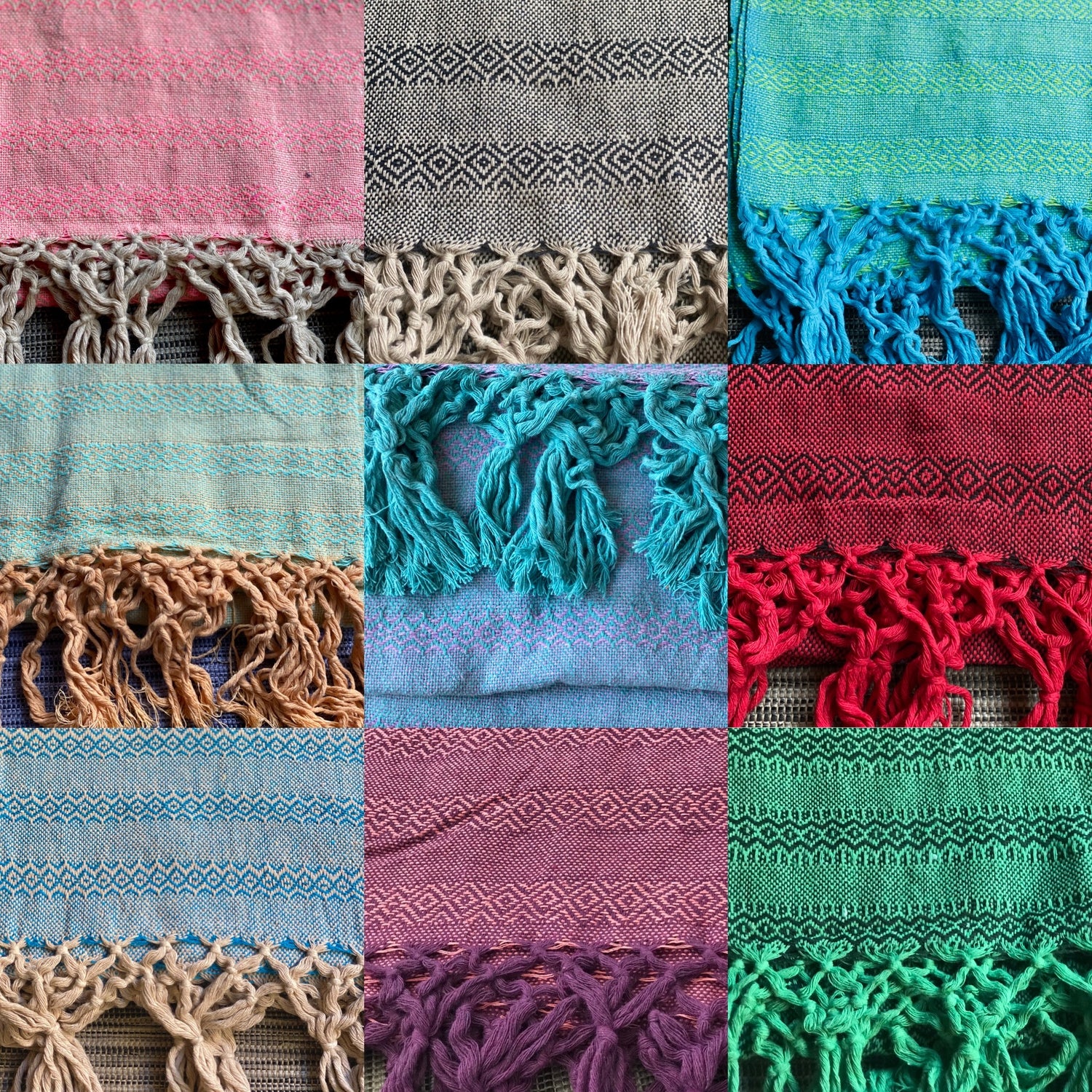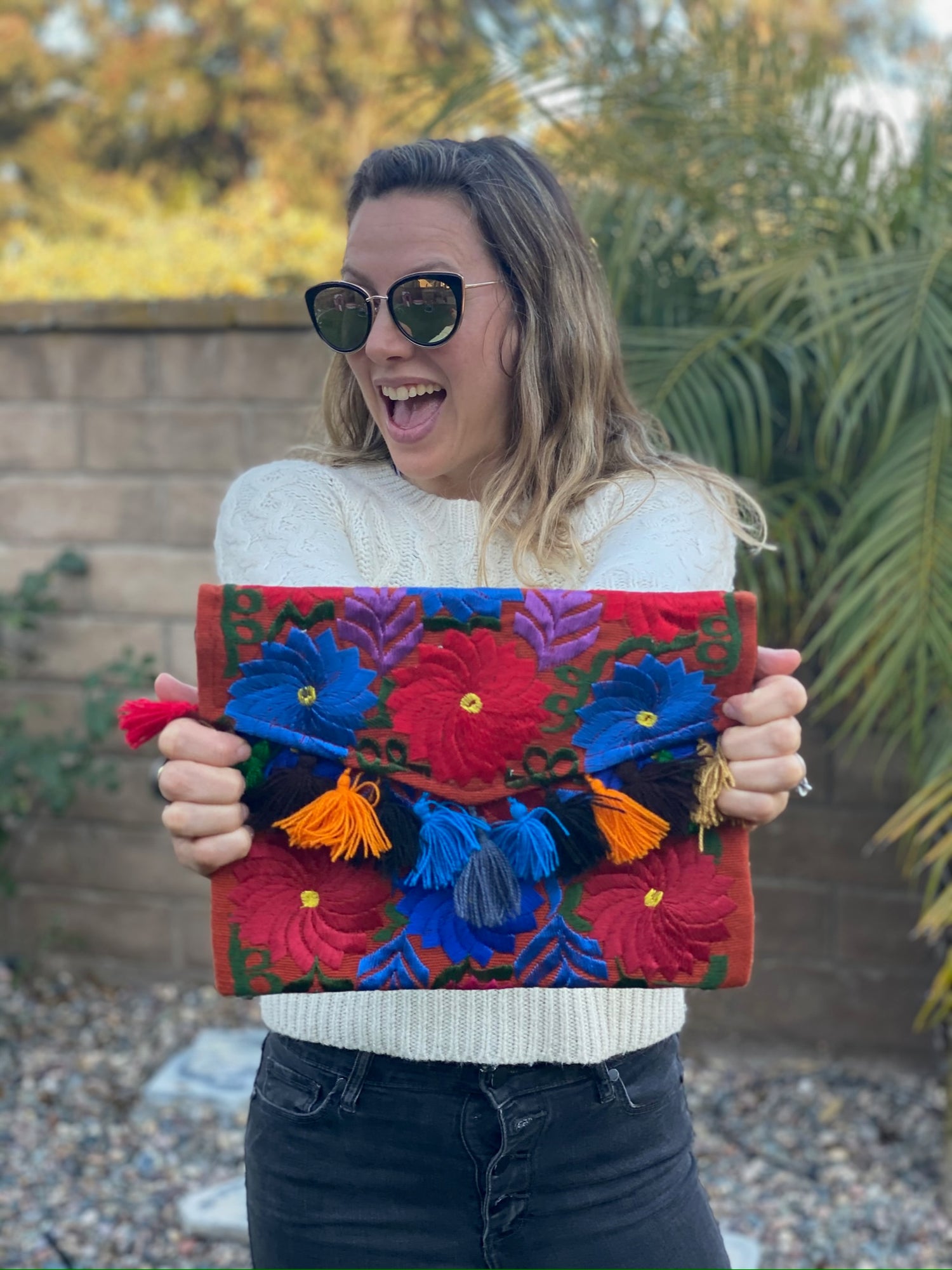The rebozo, a traditional Mexican shawl, serves as a powerful symbol that challenges and transcends gender norms. This versatile garment not only reflects the artistry of its creators but also represents a deep connection to identity and cultural heritage.
Through its history, the rebozo has played a significant role in women's lives, enabling them to express their individuality while engaging in a shared tradition.

In Mexico, the rebozo is more than just a piece of fabric; it is woven into the very fabric of society.
You will discover how this unique clothing item has adapted over time, breaking free from strict gender roles.
As you explore the significance of the rebozo, you will appreciate its impact on both women and men in a cultural context that embraces change.
The design and craftsmanship of the rebozo showcase the skill and creativity of artisans, while its everyday use highlights the complex relationship between tradition and modern life.
By understanding the role the rebozo plays in shaping gender identities, you gain insight into broader themes of culture and community in Mexico.
Key Takeaways
- The rebozo embodies a rich cultural identity in Mexico.
- It challenges traditional gender norms through its versatile use.
- The craftsmanship reflects deep historical and artistic significance.
Historical Significance and Cultural Context

The rebozo is more than just a beautiful shawl; it carries deep historical meaning and reflects the culture of Mexico. This section examines the origins of the rebozo, its symbolism in Mexican heritage, and its role in various ceremonies and everyday life.
Origins and Influence of Rebozo in Mexican Society
The rebozo has its roots in pre-Hispanic times, crafted by indigenous women from regions like Oaxaca, Michoacán, and Chiapas. Woven from cotton or agave fibers, it represented survival and skill.
During the colonial period, Spanish influence led to new designs and techniques.
You can trace the evolution of the rebozo through history, especially during significant events like Mexican Independence Day and the Mexican Revolution. As women started to reclaim their cultural identity, the rebozo grew in importance. It became a statement of pride, showcasing the craftsmanship of local artisans.
Rebozo as a Symbol of Mexican Heritage
The rebozo is an emblem of Mexican heritage, representing not just beauty but the strength of community and respect. It is often linked to mothers and motherhood, tied to rituals surrounding pregnancy and childbirth.
Famous figures, like Frida Kahlo and María Félix, elevated the rebozo's status in Mexican culture, making it a fashionable and meaningful accessory. The rebozo communicates history and tradition, serving as a reminder of the struggles and resilience of indigenous women throughout history.
The Rebozo in Ceremonies and Everyday Life
You may encounter the rebozo in various ceremonies, from weddings to religious events. It plays a vital role in the rituals of church and community gatherings, adding a touch of joy and celebration.
During these events, the rebozo is worn with pride, symbolizing unity and heritage.
In everyday life, it continues to be a practical garment, used for carrying children or goods, blending functionality with deep cultural significance. The rebozo transcends mere fabric, embodying the spirit and traditions of Mexico.
Design, Technique, and Materiality of the Rebozo

The rebozo is not just a garment but a complex blend of craftsmanship, culture, and artistic expression. It features traditional weaving techniques, vibrant colors, and meaningful patterns. Each aspect contributes to the rebozo's rich significance and transcends conventional gender norms in Mexico.
Weaving Techniques and Materials Used in Rebozos
You will find that rebozos are crafted using various materials like cotton, silk, and wool. Artisans often employ techniques such as the backstrap loom, which allows them to create intricate designs.
The weaving process requires significant skill. Each artisan brings their unique flair to the piece.
Traditional fibers are commonly used, while modern variations may include synthetic options for durability. Techniques like Ikat add beautiful patterns and depth to the fabric, enhancing both its aesthetic and tactile qualities.
The Role of Colors and Patterns in Rebozo Design
Colors play a central role in the design of the rebozo. Common hues include red, blue, black, and white. Each color can symbolize different cultural meanings or emotions.
Patterns often feature geometric shapes or floral motifs, adding a layer of identity. You may observe that these designs can change based on regional influences, allowing for contemporary adaptations. The selection of colors and patterns transforms the rebozo from a practical item into a symbol of artistry and culture.
Rebozo as a Transcending Fashion Accessory
In modern times, the rebozo has evolved beyond its traditional uses. It now serves as a fashionable accessory, suitable for anyone regardless of gender.
Designers are reinterpreting the rebozo, promoting its versatility as a shawl, wrap, or scarf.
The fringes on the edges add texture, while the lightweight fabric provides warmth. You can easily incorporate it into everyday outfits or wear it for special occasions. This evolution reflects changing cultural attitudes, showcasing the rebozo's ability to transcend gender norms and remain relevant in contemporary fashion.
Frequently Asked Questions

The rebozo is a complex garment deeply woven into the cultural fabric of Mexico. It serves multiple roles that extend beyond simple clothing, impacting themes of gender, identity, and empowerment.
What cultural significance does the rebozo hold in Mexican society?
The rebozo is a traditional shawl that symbolizes love, family ties, and cultural heritage. It has been used for centuries by women in various roles, from caregiving to celebration. The rebozo also represents a link to ancestral practices and is cherished during important life events.
How does the rebozo challenge traditional gender roles within Mexico?
While often associated with women, the rebozo also symbolizes strength and adaptability. Both men and women have historically used it for practical purposes. This versatility helps to blur the lines of gender expectations, allowing for alternative expressions of identity.
In what ways is the rebozo used during pregnancy and labor in Mexican traditions?
In Mexican traditions, the rebozo plays an essential role during pregnancy and childbirth. Midwives utilize it for techniques such as sifting and abdominal lifts, which can relieve discomfort and support optimal fetal positioning. This practice highlights the connection between the rebozo and women's health.
Can the rebozo be seen as a symbol of feminism or women's empowerment in Mexico?
Yes, the rebozo has become a potent symbol of women's empowerment. It allows women to express their individuality while honoring traditional roles. This duality empowers women to navigate societal norms while asserting their identity.
What historical role has the rebozo played in Mexican gender and identity?
Historically, the rebozo has been intertwined with the identity of Mexican women. It has represented not just femininity but also resilience and community. Understanding its past helps recognize its ongoing role in shaping gender narratives.
How have modern perceptions of gender influenced the use of the rebozo in Mexico?
Modern views on gender continue to evolve in Mexico, influencing how the rebozo is perceived and used.
As society becomes more inclusive, the rebozo is being embraced by a broader audience. This shift helps create new meanings and uses for this traditional garment.




